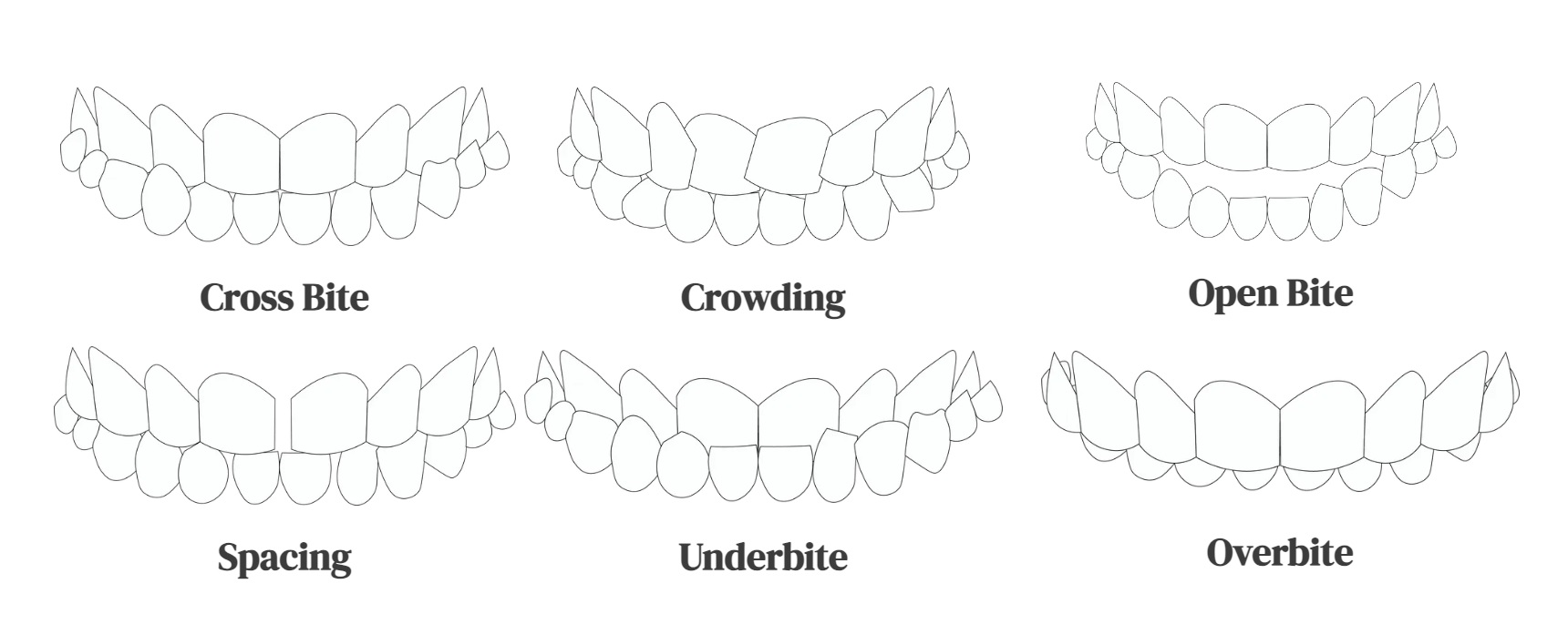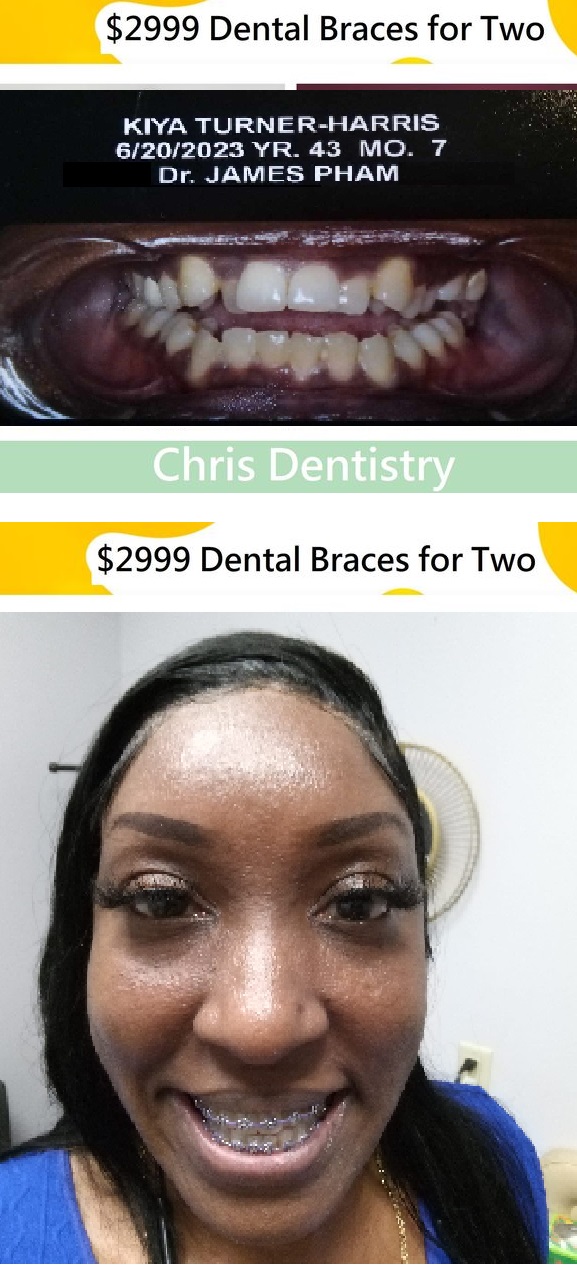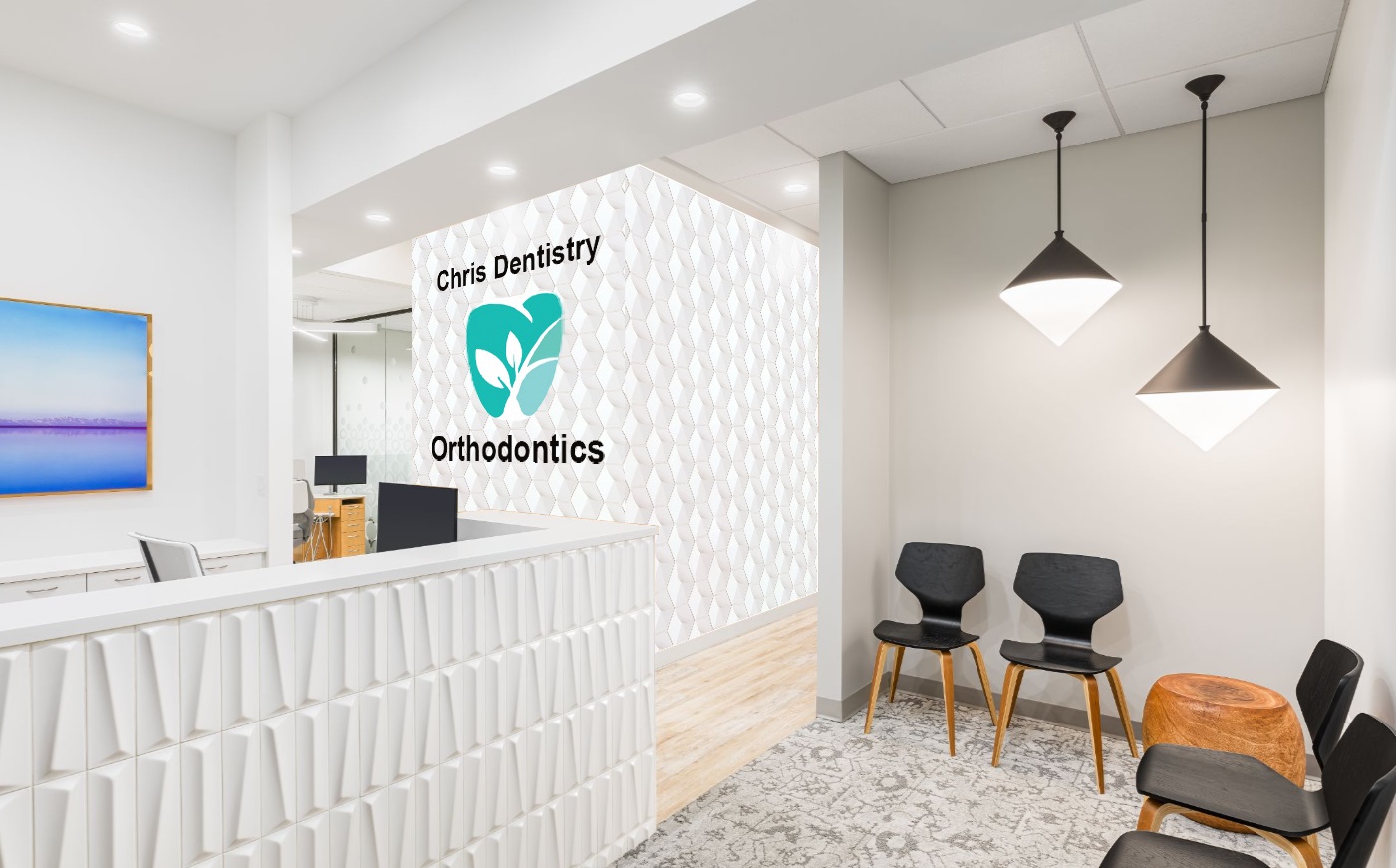
Inexpensive Dental Braces for Galveston Residents
If you are looking for an affordable orthodontics treatment near Galveston, call Chris Dentistry-832-935-2415
Discover top orthodontic dentist specializing in dental braces in Galveston. Get expert advice on the best treatment options for your smile. Schedule a consultation now!

FREE, FREE, FREE this month. Limited-time offer.
Our amazing special Promotion. For the 1st 10 patients.
Buy one and get one FREE on orthodontic braces.
One free wisdom tooth surgery, and much more. Remember to tell your friends
and family members. "Share this Promotion"
— celebrating your special day.
Find the Best Orthodontics Braces Dentist in GalvestonIntroduction to OrthodonticsOrthodontics is a specialized branch of dentistry that focuses on correcting misaligned teeth and jaws. Whether you’re dealing with crowding, overbites, or gaps between teeth, orthodontics offers solutions that not only improve your smile but also enhance overall oral health. Why You Might Need BracesBraces are one of the most common orthodontic treatments. They help straighten teeth and align the bite, which can significantly improve both aesthetics and function. Common reasons for getting braces include crooked teeth, overbites, underbites, and spacing issues. Having braces also reduces the risk of tooth decay, gum disease, and wear on your enamel due to misalignment. Types of Orthodontic BracesIf you’re considering braces, you’ll be happy to know that there are several types to choose from:
Finding the Right Orthodontist in GalvestonWhen searching for an orthodontist, there are a few key factors to consider:
Cost of Braces in GalvestonThe cost of braces varies depending on the type and length of treatment. Metal braces tend to be the least expensive, while Invisalign and ceramic braces cost more. While the price can range from $3,000 to $8,000, the long-term benefits of a healthier smile often make the investment worth it. Orthodontic Consultation: What to ExpectDuring your initial consultation, the orthodontist will examine your teeth and bite. They may take X-rays and impressions to get a detailed view. Based on the findings, they will develop a personalized treatment plan outlining the type of braces and the estimated duration of your treatment. How Long Does Orthodontic Treatment Take?The duration of orthodontic treatment varies from person to person. On average, treatment takes 18 to 24 months. However, factors such as age, the complexity of the case, and how well you follow the orthodontist’s instructions can affect this timeline. Orthodontic Treatment for Adults vs. ChildrenAlthough braces are commonly associated with teenagers, many adults are now seeking orthodontic treatment. Adults may take slightly longer to see results, but the principles of the treatment are the same. Children’s teeth are easier to move, which is why early intervention is sometimes recommended. Maintaining Oral Health While Wearing BracesMaintaining good oral hygiene is crucial during orthodontic treatment. Special tools like floss threaders can help you clean between your braces, and you should avoid sticky or hard foods that could damage the brackets and wires. Life with Braces: Adjusting to the ChangesLife with braces takes some getting used to, but it becomes easier with time. Some common challenges include minor discomfort, difficulty eating certain foods, and the need to clean your teeth more thoroughly. Fortunately, these are temporary and manageable. Aftercare: What Happens Once the Braces Are Removed?Once your braces are off, the orthodontist will likely give you retainers to wear. Retainers help maintain the new position of your teeth, preventing them from shifting back. Orthodontic Emergencies: What to DoWhile wearing braces, you might experience issues like a broken bracket or a poking wire. Most orthodontic emergencies can be managed at home temporarily, but you should contact your orthodontist if you’re in significant discomfort or if the issue persists. Success Stories: Why Galveston Residents Trust Local OrthodontistsGalveston residents have access to some of the best orthodontists, who are highly experienced and well-regarded by their patients. Many locals report having had positive experiences, with treatments that transformed their smiles and improved their confidence. Orthodontic Technology AdvancementsThe field of orthodontics has seen significant advancements in recent years. Technologies like 3D imaging and digital scanning allow orthodontists to create more accurate treatment plans, leading to faster, more comfortable treatment. ConclusionChoosing the right orthodontist is an important decision that can impact your health and confidence. Galveston offers a variety of top-notch orthodontists, so take the time to find one who aligns with your needs and expectations. With the right specialist, your journey to a beautiful, healthy smile will be smooth and rewarding. FAQs
|
|
Orthodontics works by applying gentle pressure to the teeth and jaws to gradually move them into their correct positions. This is achieved through the use of various orthodontic appliances, such as braces or clear aligners, which exert force on the teeth to guide them into alignment. Here's how orthodontic treatment typically works:
Galveston Orthodontic treatment requires careful planning, monitoring, and collaboration between the orthodontist and the patient to achieve optimal results. By gradually guiding the teeth into their correct positions, orthodontic treatment can improve the alignment of the teeth, enhance oral function, and create a healthier and more attractive smile. |

|
Malocclusions, or improper bites, can manifest in several different ways. Here are some common types of malocclusions:
Each type of malocclusion requires specific orthodontic treatment tailored to the individual's needs and goals. An orthodontist can assess the malocclusion and recommend the most appropriate treatment approach to achieve optimal dental alignment and oral health. |
You can send us the pictures for Free estimates. Email to Piiam@dr.com
|
The average cost of orthodontic treatment can vary widely depending on the factors I mentioned earlier. However, to give you a rough estimate, traditional metal braces typically range from $3,000 to $7,000. Clear aligner treatments like Invisalign tend to be slightly more expensive, often ranging from $3,000 to $8,000 or more, depending on the complexity of the case and the number of aligners needed. Keep in mind that these are just rough averages, and actual costs can vary based on your specific needs and location. It's best to consult with an orthodontist for an accurate assessment and cost estimate tailored to your situation. Many orthodontic offices also offer payment plans or financing options to help make treatment more manageable. |
 |
| Patient gave permission to post the treatment according to HIPPA. Google Review. |
Free Virtual Orthodontics Consultation
You can send your pictures to piiam@dr.com for free consultation
|
Recommend Article to Read This Week |
|---|
HOW ABRASIVE IS MY TOOTHPASTE AND CAN IT DAMAGE MY TEETH AND GUM? |
|
The abrasiveness of toothpaste can vary depending on the type and brand you use. Toothpaste abrasiveness is typically measured using the Relative Dentin Abrasivity (RDA) scale. Higher RDA values indicate more abrasive toothpaste, which could potentially damage teeth and gums if used excessively or incorrectly. While some abrasiveness is necessary for effective cleaning, overly abrasive toothpaste can lead to enamel wear, tooth sensitivity, and gum recession over time. It's essential to choose a toothpaste with a moderate RDA value and to use it properly, avoiding excessive pressure while brushing. If you're concerned about the abrasiveness of your toothpaste or its potential effects on your teeth and gums, consult with your dentist. They can recommend the most suitable toothpaste for your oral health needs and provide guidance on proper brushing techniques. |
 |
Reduce Biofilm with Oral Rinses |
|
Fighting biofilm with oral rinses involves using solutions that can disrupt and reduce the formation of bacterial biofilms on teeth and gums. Here are some approaches and ingredients commonly used:
When choosing an oral rinse to combat biofilm, consider factors such as effectiveness against bacteria, any potential side effects (like staining or altered taste), and how it fits into your overall oral hygiene routine. It's also essential to maintain regular brushing and flossing habits, as well as regular dental check-ups, to manage oral biofilm effectively. More information. |
Our Office
 |
4 Locations to serve you. Webster, Pearland, Katy, and Houston
Email=piiam@dr.com. Main Phone/Text=832.935.2418
Address: 100 E NASA Pkwy # 50, Webster, TX 77598
Marketing, Branding, Office Design and Build by www.7boxdesigner.com
Learn about the different types of orthodontic braces and what to expect during treatment.